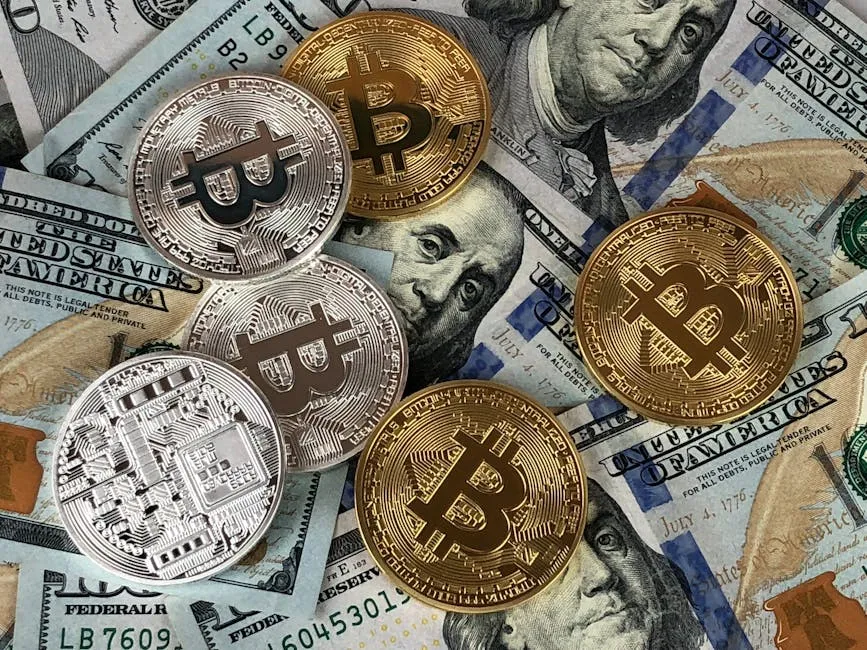
South Korean Banks Prepare for Stablecoin Revolution with Tether and Circle
As the world of cryptocurrency continues to evolve, South Korea stands at the forefront of innovation, particularly in the realm of stablecoins. Major players in the crypto industry, Tether and Circle, are gearing up to meet with South Korea’s top banks to discuss the adoption of won-based stablecoins. This move comes in response to a significant regulatory push by the South Korean government aimed at fostering a secure and stable environment for digital currencies.
Stablecoins: A New Era for South Korean Finance
Stablecoins, which are digital currencies pegged to stable assets like fiat currencies, have gained traction globally due to their potential to reduce volatility associated with traditional cryptocurrencies. In South Korea, banks are not just spectators; they are actively preparing to issue their own won-based stablecoins, which could revolutionize the financial landscape.
The motivation behind this initiative is twofold: to enhance the efficiency of financial transactions and to comply with evolving regulatory requirements. By adopting stablecoins, banks can offer their customers faster and more reliable payment solutions, while also addressing concerns about security and compliance.
Government Regulations and Their Impact
The South Korean government has been proactive in establishing regulations that govern the use of cryptocurrencies and stablecoins. This regulatory framework aims to protect consumers and maintain market integrity. As a result, banks are now exploring how they can leverage stablecoins to align with these regulations, ensuring that they can participate in the digital economy without compromising on compliance.
The Role of Tether and Circle
Tether, known for its USDT stablecoin, and Circle, the issuer of USDC, are two of the most recognized names in the stablecoin space. Their expertise and established infrastructure could provide South Korean banks with the necessary tools and knowledge to successfully launch their own stablecoins. By collaborating with these industry leaders, banks can navigate the complexities of stablecoin issuance and integration more effectively.
Looking Ahead: The Future of Stablecoins in South Korea
The upcoming meetings between Tether, Circle, and South Korean banks mark an exciting chapter in the evolution of digital finance in the region. As banks move towards issuing stablecoins, consumers can expect a range of benefits, including lower transaction fees, faster processing times, and enhanced security measures.
Furthermore, the successful implementation of won-based stablecoins could position South Korea as a leader in the global digital currency landscape. It will not only bolster the local economy but also attract international interest and investment in the country’s burgeoning cryptocurrency sector.
Conclusion
In summary, the collaboration between South Korean banks and leading stablecoin providers like Tether and Circle signifies a transformative shift in the financial industry. With government support and a clear regulatory framework in place, the adoption of won-based stablecoins is poised to redefine how financial transactions are conducted in South Korea, setting a precedent for other countries to follow.



